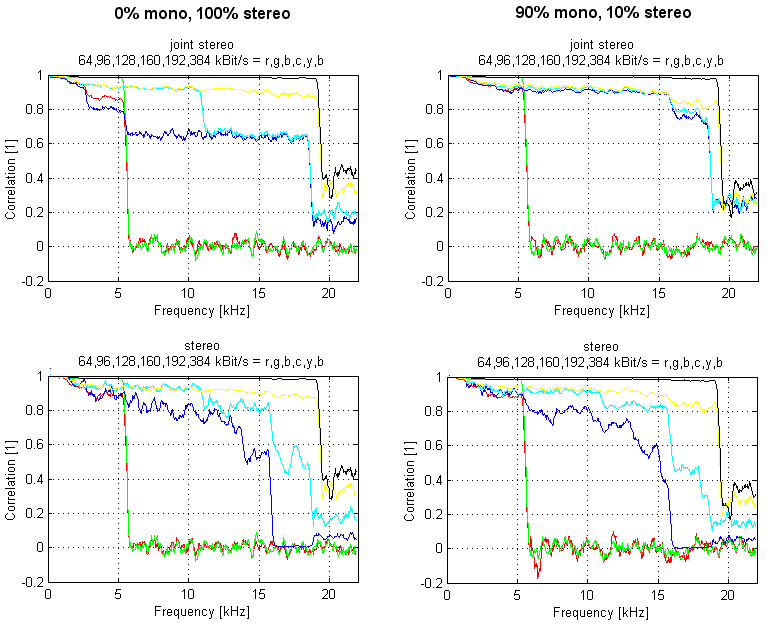
2, the inter-channel differences adequate for 10° and 20° reproduction respectively are also shown. 2 Inter-channel differences to provide specific directional information from a two-loudspeaker setup. For instance, the sound will be perceived as reproduced at 30° if the signal in one channel is delayed by 0.5 ms and the level is approximately 6 dB below the other channel (see dotted lines in fig. In addition, the sound is perceived as reproduced at 30°, if the time difference between the left and right channel is approximately 1.1 ms (milliseconds).Īdditionally, a combination of the time difference and the level difference can act together. To make a sound source appear at 30° off center (in the direction of one of the loudspeakers), the level difference between left and right channel should be approximately 15 dB.

If no time or level differences between left and right are present, the sound source is reproduced at 0° (hard center). The result can be seen from the curves in fig. However, we will only look at the level and time that creates the right distribution across the standard loudspeaker setup as shown in fig 1. Other parameters like timbre and envelopment also are important. The art of it – and the science – is to create the right distribution of the sound between the loudspeakers.
From psychoacoustic research, we know which values to aim for. The aim is to create a level difference, a time difference or a combination thereof. Creating a stereophonic image with two microphones depends on the directional characteristics of the microphones, their angling and the distance between them.


 0 kommentar(er)
0 kommentar(er)
